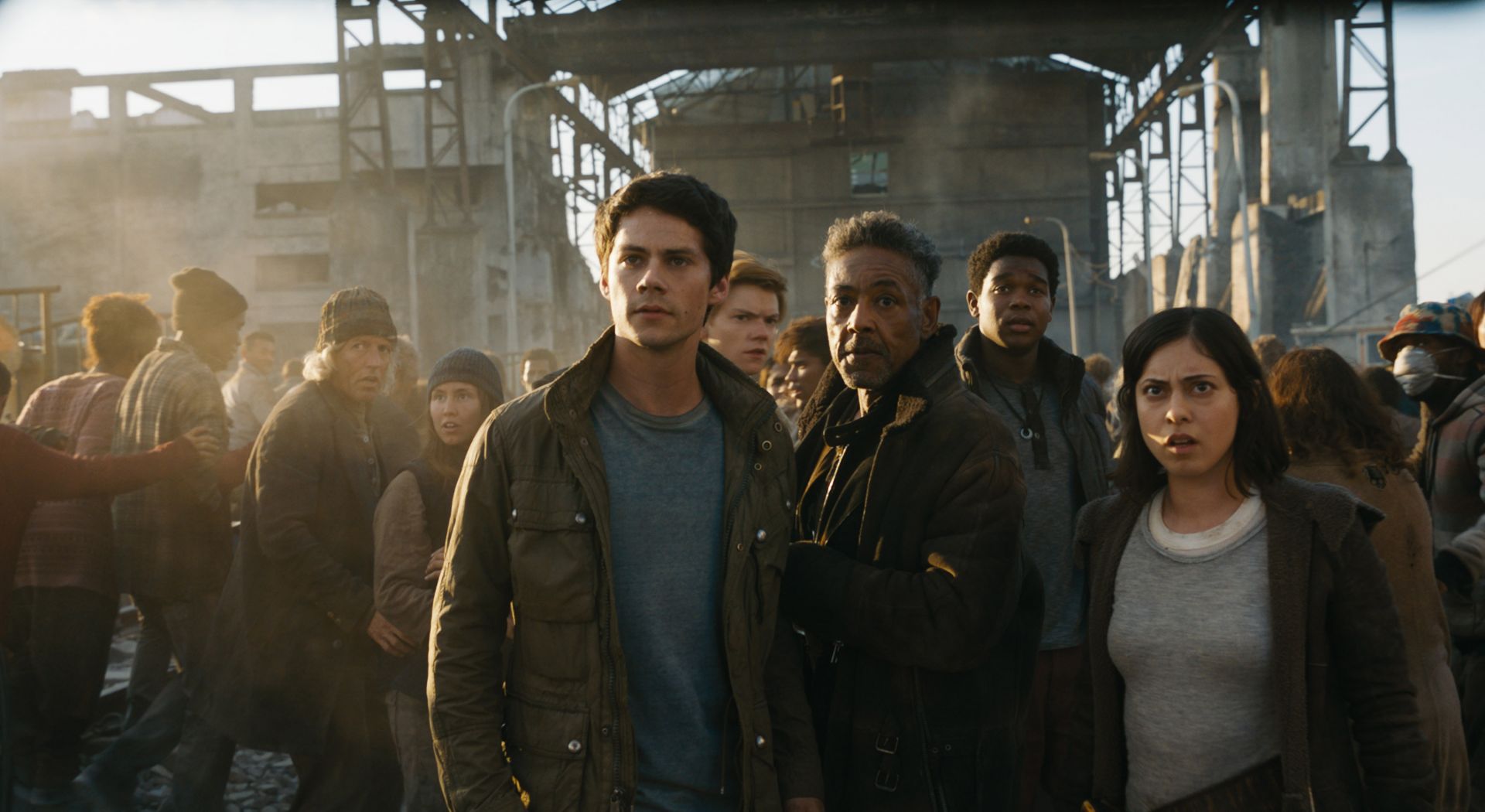The world of ‘Maze Runner’ is science fiction – yes – but it’s a cautionary tale about medical research we should not ignore.
Thomas is a brave young man living in a dystopian world full of desolate cities, rusted cars and blowing tumbleweed. He’s also one of the few healthy people left on the planet, which makes him and his friends – who also are healthy – curiosities to society.
That’s because something called the “flare virus” has ravaged the population, turning anyone who catches it into flesh-eating, zombie-like creatures called “Cranks.” And with healthy people now outnumbered 3-to-1, everyone’s getting desperate for a cure.
Enter the scientific group WCKD, which is searching for – make that hunting for – people like Thomas who are immune to the sickness. WCKD’s researchers are developing an anti-virus serum through a process that often requires killing the subjects. Thus, for the world to be cured of the flare virus, Thomas and all his healthy buddies first must die. Any volunteers?
It’s all part of Maze Runner: The Death Cure (PG-13), which opens in theaters this weekend and finds Thomas (Dylan O’Brien) and his friends working to free the dozens of healthy people captured by WCKD. At the heart of the film is Thomas’ search for his good friend Minho (Ki Hong Lee), who is being held in the last remaining city on Earth – a city surrounded by a large wall.
Maze Runner: The Death Cure is the final installment in a trilogy that began with The Maze Runner (2014) and was followed by Maze Runner: The Scorch Trials (2015). They’re based on the young adult novels by author James Dashner.
This one is more entertaining than The Scorch Trials but still not as fun as the first one in the series. (My view: When they escaped the maze, the story lost some of its luster.) The Death Cure has more story and plot than The Scorch Trials, but is still too action-heavy.
Still, the entire series has relevance to our modern-day approach to medical and scientific research, in which the end often justifies the (unethical) means.
Warning: minor spoilers!
Violence/Disturbing
Excessive. You can’t make a zombie movie without scary-looking zombies, and Death Cure has lots of them. It also has quite a bit of violence. The movie opens with a gun battle, and is quickly followed with Minho chased by a monster in a dark tunnel. Later, our heroes are surrounded by zombies underground, and some of the zombies are shot or run over by a vehicle. We see a grotesque-looking man with half a nose and a scarred face (who, incidentally, is a good guy). People who catch the flare virus undergo a frightening transformation that involves their veins coming to the surface of their skin. We see a woman shot and killed, and a man stabbed. We also see someone choked (but not to death). The movie ends with a war-like battle in the city involving bombs, missiles and plenty of bullets.
Sexuality/Sensuality/Nudity
Minimal. A man and woman share a brief kiss.
Coarse Language
Moderate, with 33 total: s—t (15); h—l (8); GD (2); d—n (2); misuse of “Jesus” (1); a—(1); d—k (1); SOB (1); pi—ed (1); ba—rd (1).
Other Positive Elements
Even though he has rescued dozens of people, Thomas refuses to forget about Minho – and he’s willing to die to find him. Many others share Thomas’ outlook. Thomas and his friends, led by a character named Vince (Barry Pepper), stick together in opposing the evil acts of WCKD.
Other Stuff You Might Want To Know
We watch a minor surgery procedure and see a bloody incision.
Life Lessons
Maze Runner: The Death Cure gives us lessons in self-sacrifice (Thomas, the others), selflessness (Thomas, the others), forgiveness (as seen in a romance angle involving Thomas) and standing up for what is right (Thomas, the others).
Worldview
The world of Maze Runner is science fiction – yes – but it’s a cautionary tale we should not ignore.
During one experiment on Minho, a researcher tells another one: “You realize this may kill him, right?” Yet the other researcher responds: “I have my orders.”
Thomas’ love interest, Teresa (Kaya Scodelario), seems to share this approach. When Thomas asks her when the experiments will end, she retorts, “When there is a cure.”
If WCKD had a mission statement, it would be “a cure at all costs.”
American won’t ever follow WCKD’s unethical path … right? Or perhaps we’re already there, with experiments on fetal body parts, embryos and human-animal chimeras (read: half human, half animal). And if you want to read stories of Maze Runner-type experiments from yesteryear, simply Google “unethical medical research” – and prepare to be shocked.
Questions about ethics often are drowned out by shouts of “but it will cure so many people!”
The same utilitarian arguments we hear in Maze Runner are used by researchers today. And that’s scary.
Perhaps it’s time we go back to Genesis and re-discover how each person was created in the image of God (Genesis 1:27), worthy of protection and respect.
What I Liked
The opening action scene, which involved a train, a helicopter and a couple of vehicles.
What I Didn’t Like
The movie’s length. At two hours and 23 minutes, it’s about half an hour too long.
Thumbs Up … Or Down?
Thumbs up, but barely.
Discussion Questions
- If unethical research produces a medical cure, should we take advantage of it?
- What are the ethical boundaries of medical research? Are there any legal procedures that you oppose? Would you ban them?
- Why are we as a society so fascinated by zombies?
- Did you like the ending? Why or why not?
Entertainment rating: 2.5 out of 5 stars. Family-friendly rating: 2.5 out of 5 stars.
Maze Runner: The Death Cure is rated PG-13 for intense sequences of sci-fi violence and action, language, and some thematic elements.
